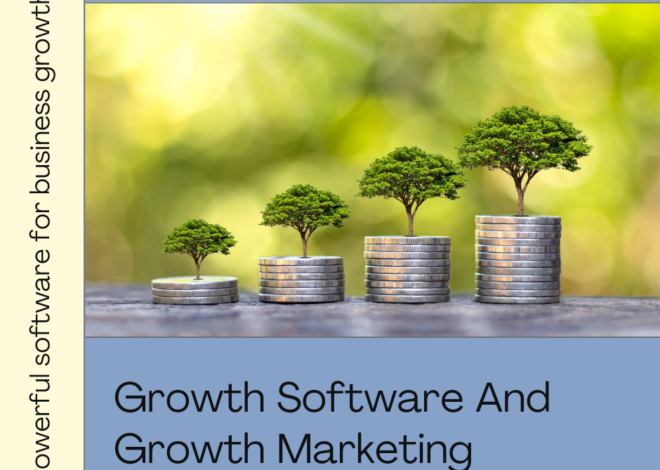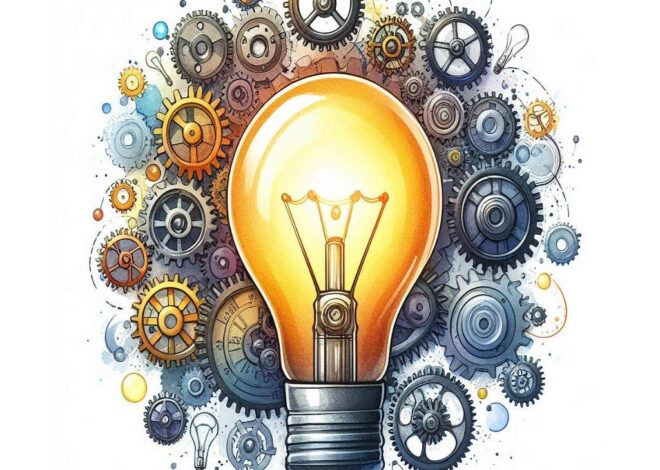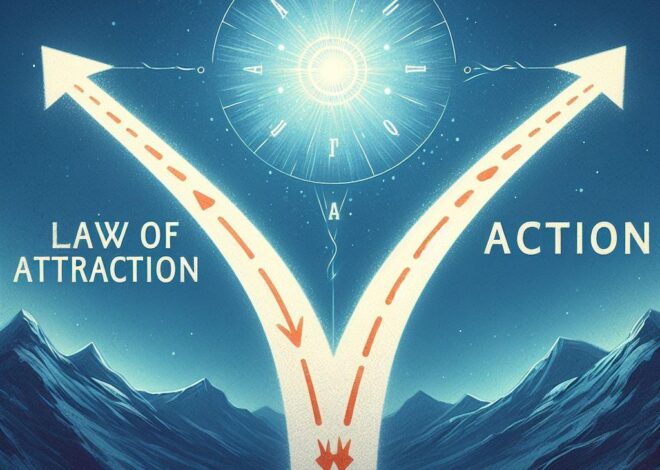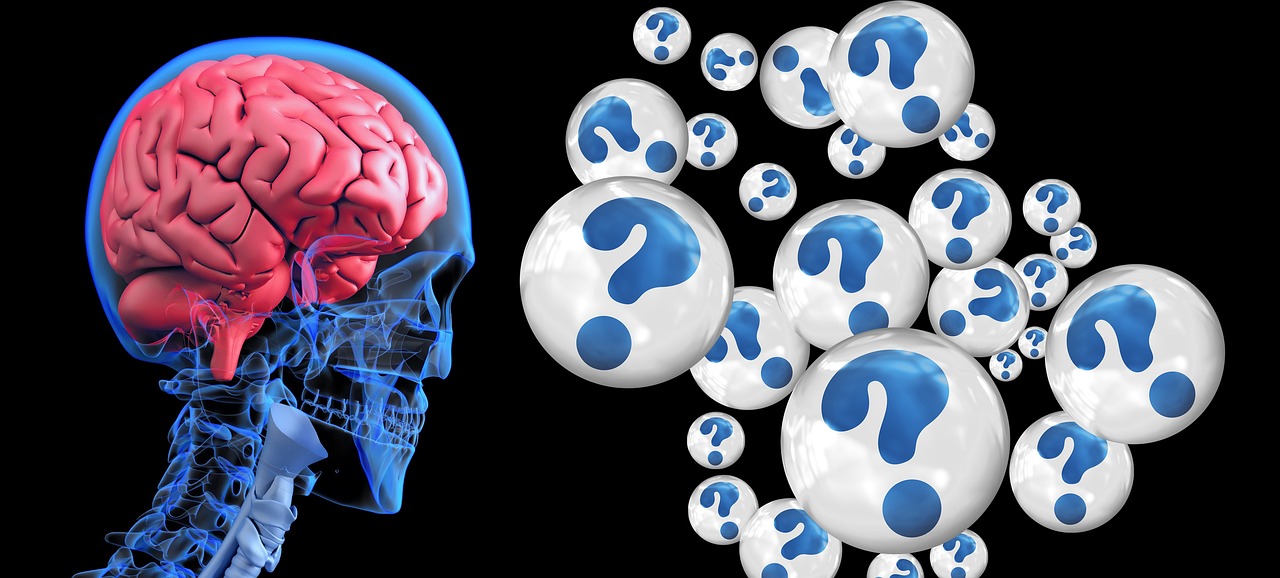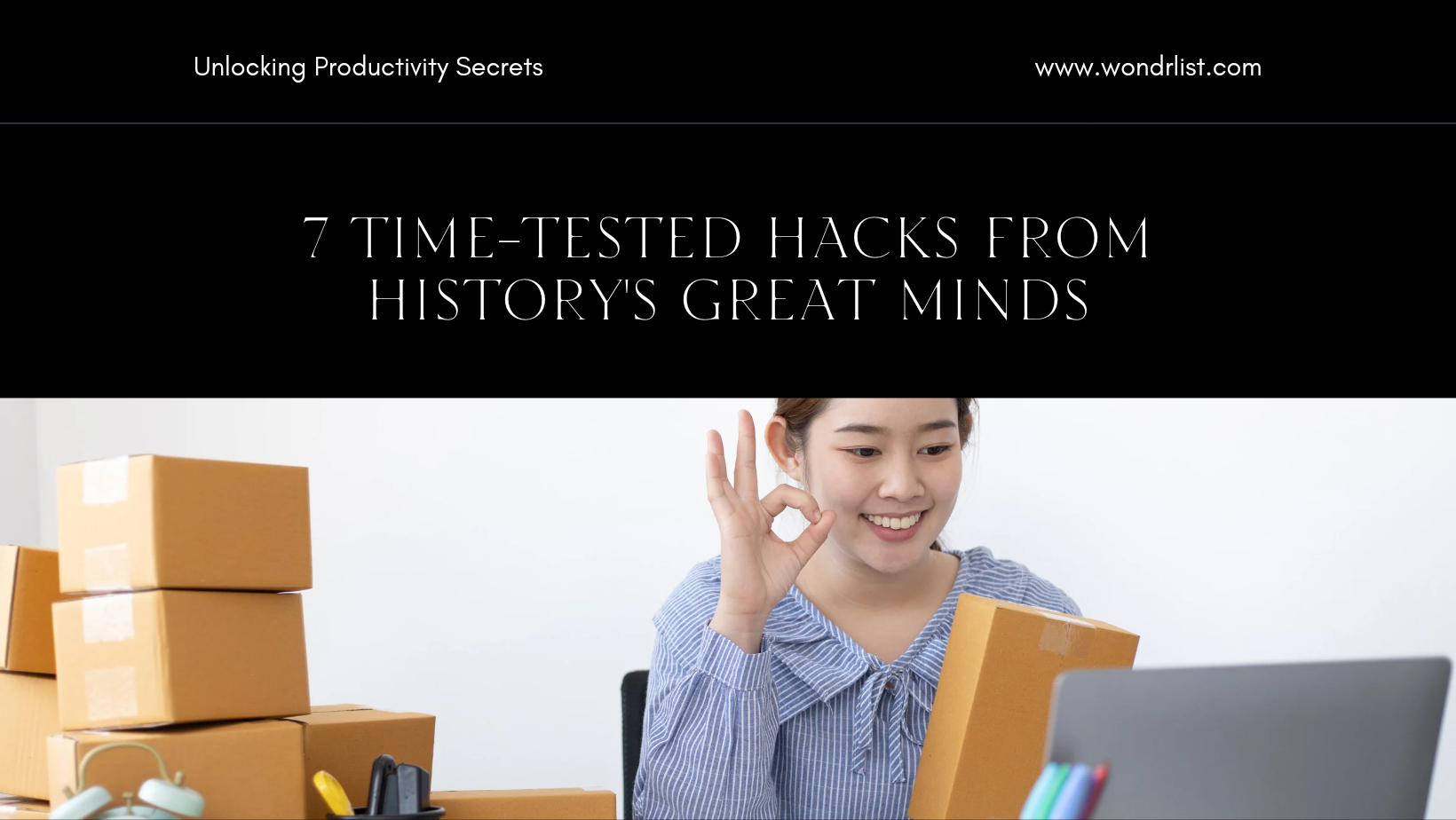
Unlocking Productivity Secrets: 7 Time-Tested Hacks From History’s Great Minds
Unlocking Productivity Secrets: 7 Time-Tested Hacks From History’s Great Minds
Overview
The secret to success is productivity, yet it can be challenging to get. Few of the techniques we employ, despite their apparent efficacy, truly work. But the greatest achievers in history have imparted special knowledge about genuine productivity. From classical philosophers to contemporary inventors, these surprising productivity tricks subvert accepted wisdom. They present a novel strategy for realizing our full potential.
An introduction to the concept of gaining motivation from the achievements of historical figures
In this age of digital technology, we endeavor to find inspiration by navigating the immense ocean of information. Drawing insight from those who have left an unmistakable impression on the world, however, possesses a quality that is as old as time itself. The unorthodox behaviors of visionaries and creators contain the keys to unlocking our own potential, therefore let us begin by delving into the stories of those who have achieved greatness.
1. The Stoic Pause: Marcus Aurelius’ Secret to Mindful Productivity
It’s simple to respond rashly to situations in our hectic lives, which lowers productivity. The Roman emperor and Stoic philosopher Marcus Aurelius promoted “the disciplined pause.” This productivity tip advises pausing before acting in order to allow for deliberate action and thoughtful thought.
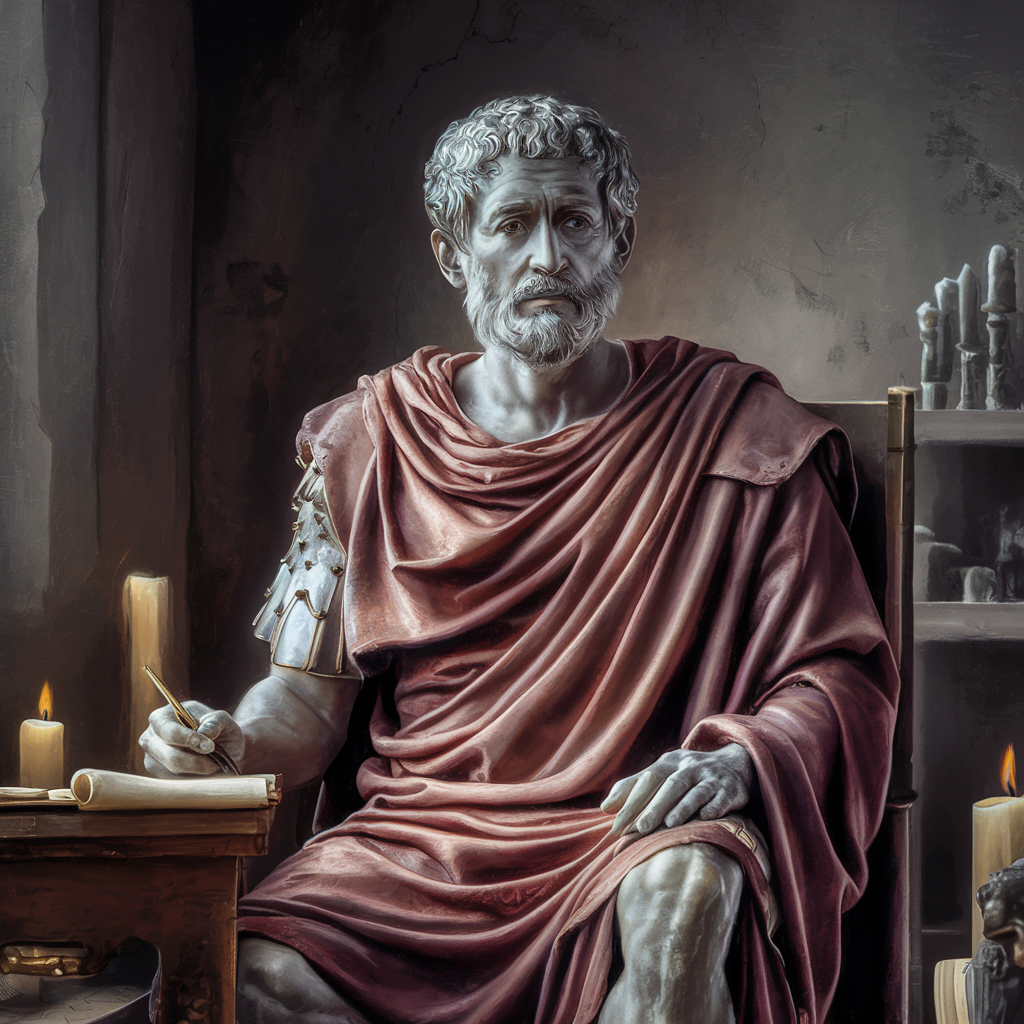
We may avoid hasty decisions that waste time and energy by pausing. Rather, we practice awareness so that we can react carefully. Both productivity and emotional intelligence are improved by this.
Use the stoic pause by recognizing circumstances such as requests, frustrations, or barriers that cause impetuous reactions. Breathe deeply and stop yourself when provoked. Make the best decision by objectively evaluating the circumstances. With time, this effective habit directs energy toward worthwhile endeavors rather than unfavorable outcomes.
2. Benjamin Franklin’s Virtues and Habits: A Plan for Purposeful Living
Benjamin Franklin recognized that developing good habits and values leads to success. Creating a self-improvement strategy that he detailed in his memoirs was his productivity trick.
Franklin listed thirteen fundamental virtues, including Temperance, Silence, Order, Resolution, Frugality, Industry, Sincerity, Justice, Moderation, Cleanliness, Tranquility, Chastity and Humility. He monitored his compliance on a weekly basis, hoping to make these practices into habits that shaped his personality and output.

Identifying values such as discipline, honesty, or learning that are in accordance with your objectives will help you implement a comparable approach. Establish a strategy to monitor your development and hold yourself responsible.
Including virtues increases output. Maintaining order reduces distractions and keeps the area organized. Adopting a modest lifestyle puts meaningful efforts ahead of high-yield tasks.

3. Leonardo da Vinci’s Notebooks: Unleashing Creativity through Diversity
One of the best examples of using diversity to increase production is Leonardo da Vinci. His fabled journals, which cover everything from engineering to anatomy, demonstrate his infinite imagination and curiosity.
Da Vinci opposed specialization by adopting a comprehensive perspective that linked disparate subjects. This intellectual exchange stimulated creativity and led to ground-breaking inventions and original methods of problem-solving.
These days, having a diversified attitude can be rather effective. Exposure to a variety of knowledge broadens viewpoints and opens up fresh approaches to problem-solving. This develops the mental flexibility needed to handle difficult situations and adjust to change.
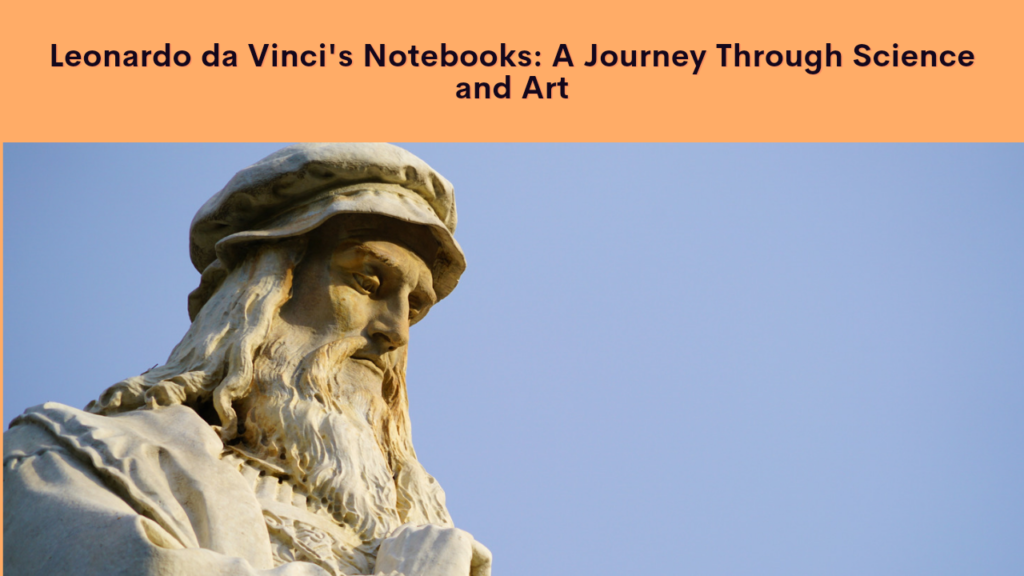
Accept your curiosity regarding other fields of study. Spend time learning about topics outside of your area of expertise through books, classes, or talks with experts. Promote cross-functional cooperation to create an atmosphere where many viewpoints come together to inspire creativity.
4. Nikola Tesla’s Bursts of Brilliance: Mastering the Power Nap
Nikola Tesla recognized the value of strategic rest as a productivity enhancer. Having a reputation for working long hours without much sleep, Tesla depended on power naps to refuel and unleash flashes of genius.
In contrast to traditional naps that leave one feeling groggy, Tesla’s strategy called for brief but deliberate rest intervals. He would take a comfortable seat, cross his legs, and lay his head, giving himself a little period of light, healing slumber.
When used properly, power naps increase productivity. Refreshing cognitive capacities by mental disengagement helps fight weariness and improve focus and alertness. By encouraging the formation of new brain connections between alertness and sleep, it also increases creativity.

Recognize your energy slumps and include power naps into your routine. Decide on a peaceful, cozy spot to nap for 20 to 30 minutes and set an alarm to wake you up when it’s time. Try out various positions and lengths of time.
Strategic downtime is not a luxury—it’s a must for continued production. Adopting power naps helps to unlock bursts of brilliance by rejuvenating brain faculties.
5. Winston Churchill’s Procrastination Paradox: Embracing Deadlines
Procrastination is a counterintuitive productivity technique that Winston Churchill used. He thrived under deadline pressure and frequently put off things until the very last minute.
Although delay is often linked to laziness, Churchill employed it as a tactic. He felt that approaching deadlines created a laser-like focus that led to extraordinary work and high levels of productivity.
Although Churchill’s strategy appears paradoxical, it illustrates how certain approaches flourish in various environments. Some people find that the pressure of a deadline is a strong motivator that pushes them to achieve extraordinary outcomes.
But handle Churchill’s conundrum with caution. Although it worked for him, ineffective time managers may also experience unneeded stress, reduced quality, and missed opportunities due to procrastination.
If you decide to use this technique, set up certain deadlines for yourself. Determine which tasks benefit from having a deadline, then set aside time for concentrated effort as it approaches. Develop your self-awareness to see when procrastination becomes an obstacle rather than a helpful strategy.
6. Marie Curie’s Relentless Determination: The Power of Perseverance
Marie Curie is a productivity hacking example of unwavering commitment. Her persistent persistence in the face of discrimination based on gender and scarce resources resulted in significant findings regarding radioactivity.
Curie had numerous difficulties, such as an improvised laboratory and academic rejection. Her tenacity and commitment, nevertheless, never faltered. She realized that persistence is often necessary to overcome challenges.
A growth mentality is fostered by perseverance, which sees setbacks as teaching opportunities. Accepting this, Curie overcame challenges and never stopped improving techniques and learning new things.
To master unwavering perseverance, cultivate a distinct vision and intense enthusiasm for your objectives. Consider obstacles as a temporary impediment rather than an insurmountable one. Seek assistance and mentorship to receive direction and inspiration.
Encourage ongoing education and introspection as well. Examine failures critically, pinpointing areas that require development and modifying your strategy. As a teacher, accept failure and use it to improve your methods.
Recall that productivity is the ability to overcome obstacles and persistently work toward objectives, even when they are difficult.

7. Frida Kahlo’s Authentic Self-Expression: Unlocking Your Creative Flow
Genuine self-expression was accepted by Frida Kahlo as a productivity tip. She was able to access emotions and experiences through her fascinating self-portraits, unleashing a creative flow that broke through barriers.
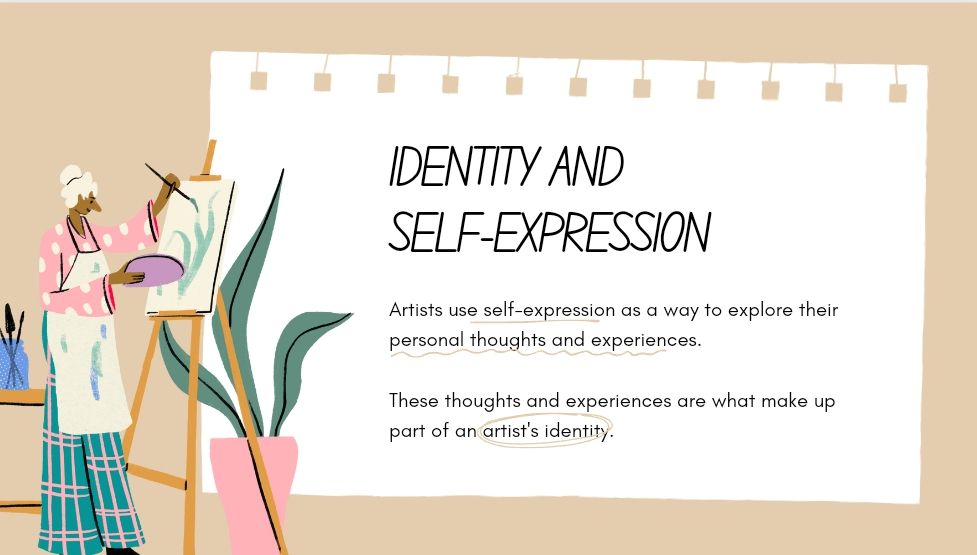
Kahlo’s method involved transferring her deepest emotions and ideas onto paper. She realized that accepting one’s true self—the joys and challenges that shape the human experience—is the first step toward creativity.
Kahlo produced incredibly poignant art that left an enduring impression by striking a deep chord with feelings and experiences. Her output was evaluated on genuineness and depth rather than volume.
Encourage introspection and self-awareness to release your creative flow. Determine the distinct feelings, events, and viewpoints that influence your creative process. Accept vulnerability as the source of true creativity.
Establish a setting that values sincerity. Remind yourself of your ideals, interests, and goals all around you. Take part in self-connection activities such as writing, meditation, and spending time in nature.
Beyond achieving outside objectives, productivity promotes fulfillment and self-actualization. Accepting genuine self-expression opens up a potent trick for producing meaningful, impactful work.
Conclusion
It’s critical that we question conventions and look to people who are breaking them for inspiration as we traverse the shifting terrain of productivity. There is no one-size-fits-all approach to productivity; these unexpected tips provide novel insights.
These promote awareness, intentionality, and intellectual curiosity. Examples of these include Leonardo da Vinci’s pursuit of diversity, Marcus Aurelius’ Stoic pause, and Benjamin Franklin’s virtues and habits. From Churchill’s procrastination paradox to Tesla’s power naps, we discover the need of strategic rest and appreciating individual approaches.
Frida Kahlo’s sincerity and Marie Curie’s tenacity serve as a reminder that productivity goes beyond completing duties. It involves overcoming obstacles and utilizing one’s natural inventiveness.
By using these non-traditional tactics, you can reach unimaginable possibilities. Develop a growth mentality to do amazing things. Accept the lessons of the past and set out on a journey of self-discovery where output turns into meaningful self-expression.
